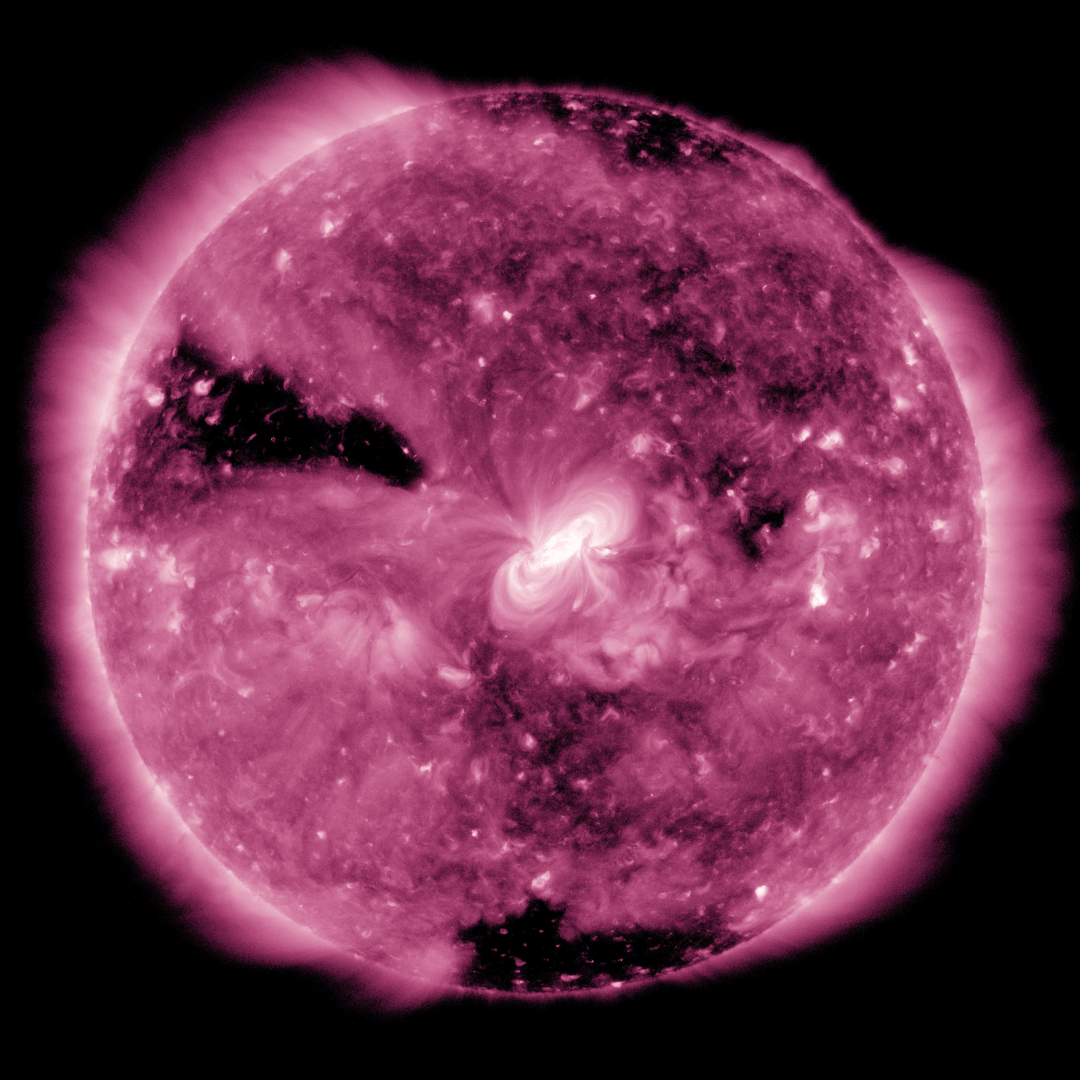Apr 15, 2021 The land-observing satellite was supposed to work for five years. Now, more than 20 years later, Landsat 7 is still going strong. In April 2021, the satellite marked its 22nd year of serving as a set of eyes on our home planet, documenting Earth’s splendors such as the expansion of cities and calamities like volcanic eruptions and historic wildfires. “Eyes on the Earth” displays the location of all of NASA's operating Earth-observing missions in real time and lets you compare them in size to a scientist or a school bus. Get a sneak peek at upcoming missions and learn how NASA is planning to study our Earth in the future. Eyes on the Earth – NASA's Eyes. Welcome to NASA's Eyes, a way for you to learn about your home planet, our solar system, the universe beyond and the spacecraft exploring them. You may not have NASA’s Eyes installed. Please press Download to download Eyes and then choose Launch to launch your experience. Satellite Eyes is a MacOS app that automatically changes your desktop wallpaper to the satellite view of where you are, right now. Pull your laptop out somewhere new, and your desktop will automatically change to the view from overhead. It has a number of different map styles, ranging from aerial photography to abstract watercolors.
“High Revisit” Satellite Imagery
Currently, satellites provide us with a choice: frequent imaging at lower resolution or high-resolution images twice daily at most. Now, companies like DigitalGlobe, which currently owns satellites with cameras that can resolve a book on a coffee table, are working to change that. DigitalGlobe is building “WorldView Legion,” a new chain of satellites that will fill in gaps in their coverage by 2021, allowing them to image regions of the planet every 20 minutes. This is called “high revisit” satellite imagery.
High-revisit satellite imagery has traditionally been mostly confined to smallsat (i.e., satellites usually under 500 kg) companies like Planet. These companies launch cheaper satellites more often, and cover more ground more quickly as a result. Planet captures the full landmass of the Earth at about four meters of resolution daily, using almost two hundred satellites in orbit. The smallsat industry as a whole is poised to launch thousands of additional satellites in the next decade, which will allow them to provide us with something new: images that reveal daily changes to any given spot.


One way companies like DigitalGlobe and WorldView Legion are working to provide both quality and quantity is by focusing on watching people rather than the entire planet; this means focusing in on the relatively narrow band of latitudes that people inhabit. We want to see what other people are doing: military operations, industrial projects, retail patterns, and social trends are all revealed by watching people, not, for example, weather patterns. This simplifies the problem for satellite companies, which just need enough high-quality coverage of inhabited areas to respond to demand.
However, although the number of satellites trained on the humans of Earth is growing, the number of companies owning the satellites remains relatively small. In fact, “A whopping 74 percent of the [Earth observation] data market was concentrated between three players, namely Digital Globe, Airbus D&S, and MDA—with the rest split between roughly a dozen players, including the likes of Telespazio and Planet,” former Northern Sky analyst Prateep Basu wrote in a report. MDA and DigitalGlobe are now owned by the same company, having recently merged, which means they control more than half of the world’s satellite surveillance market: 54 percent.
“Nowcasting,” not forecasting

The import of ownership in this area becomes clearer when you consider what high-revisit satellite imagery can do. Terrestrial imagery affects more than just your map apps; it also influences national economies and international relations. Satellite companies sell their information to governments, revealing tests of weapons and troop movements. Image analysis software can now tell competing retailers which stores are getting more business based on the number of cars in their parking lots. Anyone who’s interested, from natural resource companies to governments to private prospectors can find out who is digging or drilling where, and how much success they’re having.
On the less nefarious side of things, these images can help civil engineers plan more effectively for disasters, and for preventing them with more effectively engineered measures like levees and dams. Relief organizations can survey disaster and flood zones to strategize about providing aid. Weather organizations and agencies like the NOAA can warn people about which evacuation routes to take during weather emergencies. With this kind of real-time information, which WIRED calls “nowcasting,” we can optimize how we respond to anything from urban traffic to natural disasters. This is what the future of satellites looks like, and it’s almost here.
Satellite Eyes For Boats
As a Futurism reader, we invite you join the Singularity Global Community, our parent company’s forum to discuss futuristic science & technology with like-minded people from all over the world. It’s free to join, sign up now!
Satellite Eyes In The Sky
Share This Article
